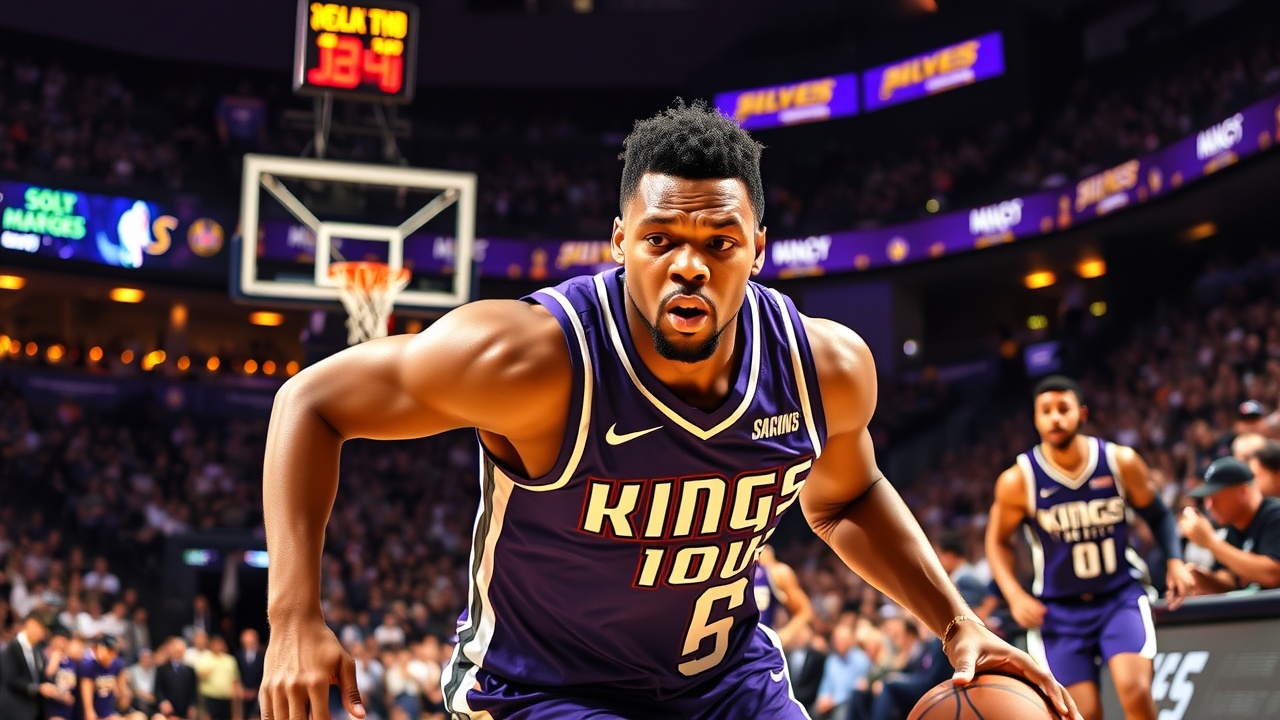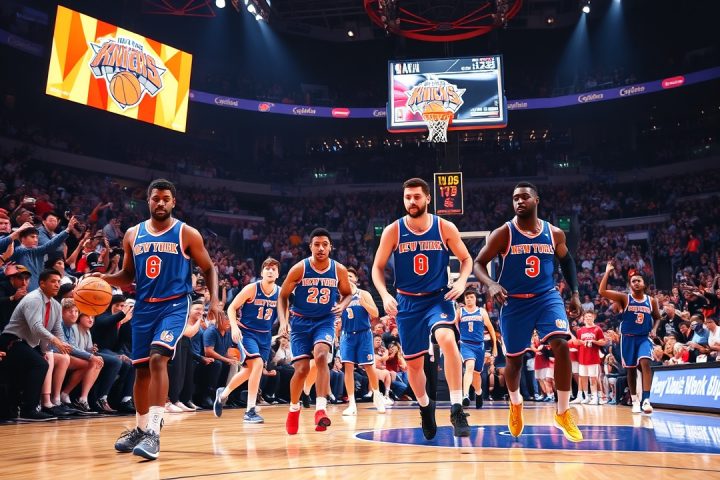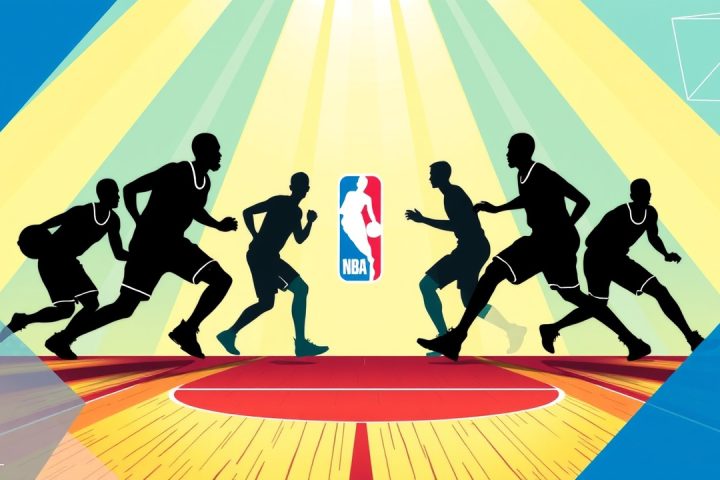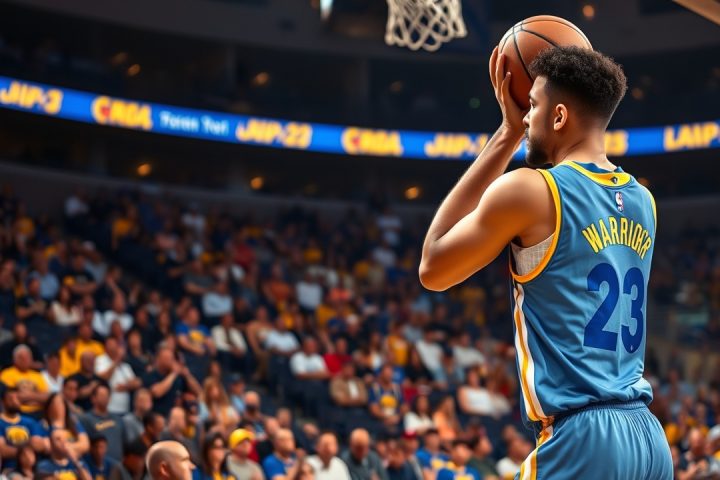The Sacramento Kings and Russell Westbrook
The Sacramento Kings have ramped up the unpredictability of their roster by bringing in former MVP Russell Westbrook, marking his seventh stop in a turbulent NBA career. The decision raises questions about whether Westbrook can still be a viable asset on the court, considering his recent struggles.
Westbrook’s Performance and Challenges
In recent seasons, Westbrook has accumulated impressive statistics but has often failed to translate those numbers into meaningful wins for his teams. Standing at 6 feet 3 inches, he is recognized for his explosive athletic ability and effective rebounding; however, he also holds the notorious distinction of being one of the least efficient shooters in basketball history, with a dismal 30.5% success rate from beyond the arc over nearly 4,500 attempts.
Despite flashes of brilliance, including his still-potent ability to drive to the basket, Westbrook’s overall shooting inconsistency and high turnover rate create significant concerns for any team looking to build coherence and consistency. The Kings, caught between being a mediocre squad and facing mounting pressure, may find his presence complicating their dynamics rather than enhancing them. His propensity for spectacular highlights often clashes with defensive lapses that could cost the team crucial games.
Integrating Westbrook into the Kings’ Roster
The real challenge lies in how Westbrook will fit within an already eclectic mix of talent on the Kings roster, which includes players like DeMar DeRozan and Domantas Sabonis, neither of whom are particularly adept at shooting from long range. If Westbrook shares the floor with these two, opposing teams might take advantage by sagging off him, making life more difficult for everyone involved.
For the Kings to integrate Westbrook effectively, there have been suggestions he should play significant minutes alongside fellow guard Zach LaVine, allowing the team to potentially capitalize on better driving lanes. However, given Westbrook’s history of conditioning and high minutes played—typically over 25 per game—it remains uncertain how his role will be adjusted to improve team synergy.
Looking Ahead
The upcoming season may test the Kings’ optimism for Westbrook’s adaptability, particularly as he approaches 37. Historically, players in their late thirties struggle to reorient their game toward team-oriented play, and there’s little precedent for such a transformation succeeding after nearly two decades in the league.
Therefore, while the Kings are seemingly prepared for the highs and lows that might accompany Westbrook’s performance, their decision raises eyebrows. Realism should temper expectations as fans prepare for a season filled with ups and downs, unsure of what Westbrook’s next chapter holds in Sacramento.




